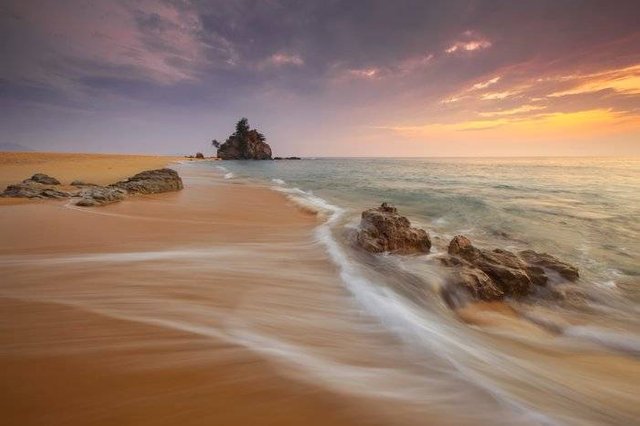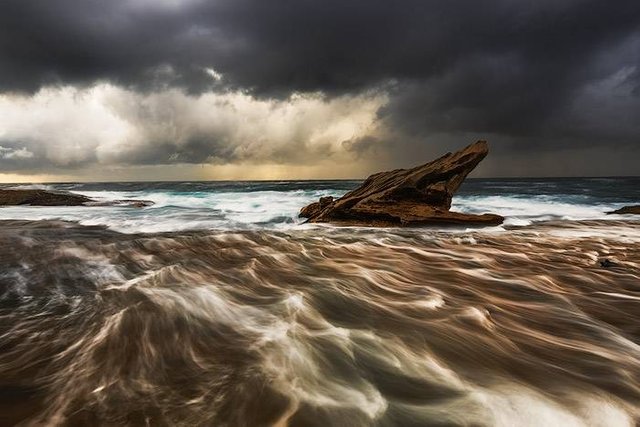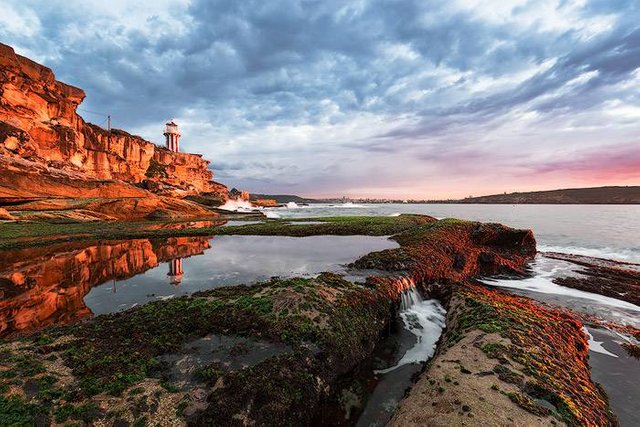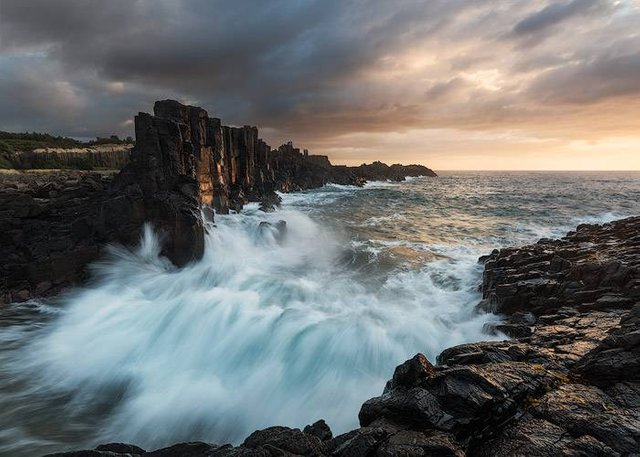Dont be Afraid of getting wet
seascape-photography
If you want to create good seascape images, you need to get wet. This means that you need to be close to the action to capture water in all its beauty and power.

On the beach, you have to stand up to knee-deep in the water (don’t go deeper). On the cliffs, you’ll be hit by the waves. That’s normal, that’s the price we have to pay for the photos.
That’s why you need to have a spare set of clothes somewhere in a dry place. Backpacks are good at resisting water so that you can keep your stuff there.
Also, dry clothes are good for wiping water out of your camera.
I often use crocs for seaside photos, others use flip-flops. I’ve seen people using tall fishing boots or even fishing overalls. It’s up to you and where you are.
If you’re shooting off the Icelandic coast, you might want to skip the flip-flops and go for some boots.

Know the Tide and Swell
The weather forecast is essential for any landscape photography. But in the case of seascapes, you need to add tide and swell into the equation. This information is crucial for planning and actions in-field.
Every location has different land features. This means that some areas will only work in low tide. For instance, the rock platform near the Hornby Lighthouse in New South Wales, Australia, is only accessible during that period.

On the contrary, Bombo Quarry works best during the high tide. During the low tide, it has too many rocks and nothing to compensate.
Some spots work well during both low and high tide. But they might provide the best experience only during the large swell (big waves). You need to know the area in advance to make decisions.
You can also ask a local photographer or read a photography guide for that exact location.
The other important factor is to know the tendency. Even if you can stand on the rock the minute you arrive, it doesn’t mean it’ll be safe in 20 minutes as the tide may be rising.
The important thing about the swell is to know that waves become much bigger during sunrise when the Sun has just appeared.
Dramatic seascape photography of rushing wave s at a rocky coast

Depth of field is one of the most important technical parameters of the photo. For a landscape and all of its sub-genres, it should cover the whole area of the picture.
Depth of field correlates with the f-number and the focal length. To have a photo in focus everywhere, you need at least f/8. Lenses often have the best performance at f/11 – f/13. Some of them at f/16, which is the smallest aperture you can use.
Many internet resources say that you should calculate the hyperfocal range and focus there. But in my experience, that’s overkill. Just focus anywhere around 1/3 into the frame, and that’ll do.